LABORATORIES
Lifestyle and Cognition
Lifestyle and Cognition
Research
Team
Publications
Contact
Others
Research
The group has focused for the last decade on investigating how the nervous system expands or contracts its capacities while it works, as well as the mechanisms and the cell subpopulations involved. This interest has been fused with our 25-year experience in the brain effects of physical exercise and the regulation of adult hippocampal neurogenesis. In recent years, we have contributed to revealing the intergenerational transmission of the brain effects of exercise, the role of certain growth factors and various hormones in neural plasticity, the dynamics of hierarchical dominance social behavior, and the role of transcription factor Smad2 in the regulation of adult hippocampal neurogenesis, all of them works framed in the lines of research of our group from its formation in 2005 to 2020. From 2016 to date we have evolved to a broader contextual framework, constituting the new lines of research that has defined our group in recent years, and which are described below.
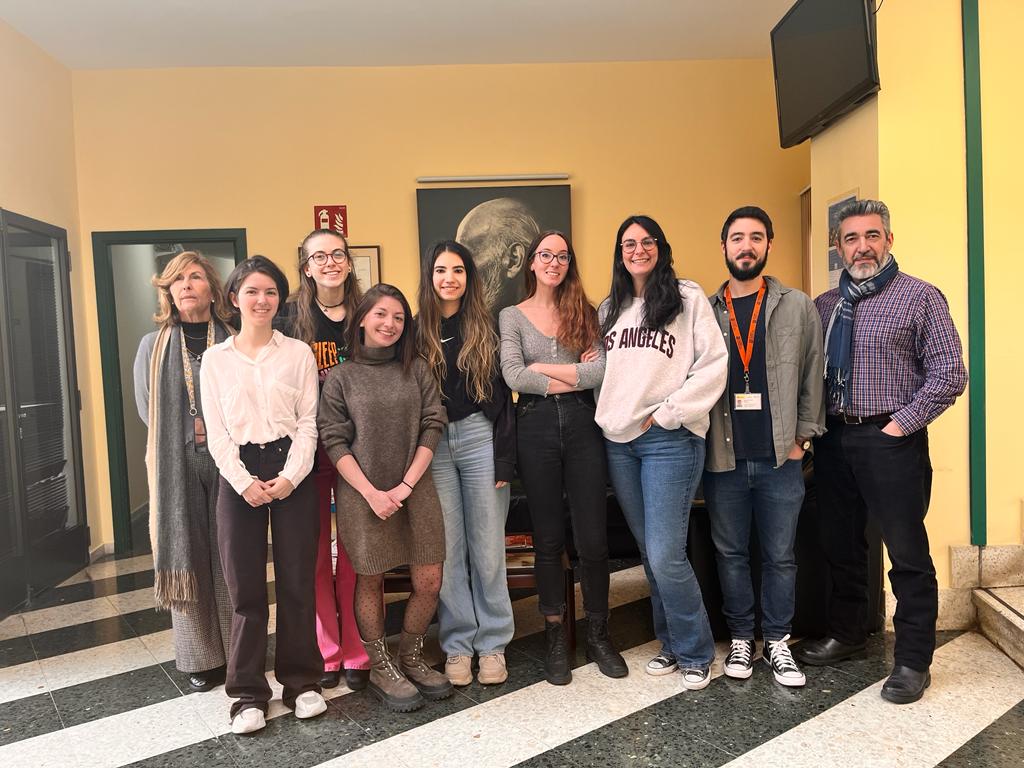
Lines of Research
1) Brain response profile to physical exercise and stress (hormetic profile and its mechanisms)
The response curve of the brain and cognition to physical exercise of different intensities is not known. It is a relevant matter of debate since it is unknown how much physical exercise is positive for brain health, even though it has become a main focus of public health and prevention policies. We investigate what this profile is like and what are the mechanisms that mediate it, both at the level of neural circuits, as well as neuronal subpopulations (including adult neurogenesis), at the intracellular, genetic, epigenetic, and microbiota levels.
2) Inter- and trans-generational transmission of the effects of physical activity and experience
Some cognitive effects of physical and/or cognitive activity are inherited by the following generations. We are interested in elucidating to what extent this inheritance takes place and through which mechanisms, not only at the level of the paternal germ line but especially at the level of the populations of neural cells where activity-induced changes take place, as well as the intracellular substrate that mediates these changes. Special attention is given to the epigenetic mechanisms involved.
3) Pain and Memory
We approach the analysis of engrams and peripheral neural pathways potentially responsible for the differential processing of pain during memory formation.
4) Lifestyle and memory engrams
We analyze the neural circuits and the cellular and molecular mechanisms mediating the effects of exercise and stress on learning and memory involved in conditioning behaviors. We move forward at a time in both human and mouse models.
5) Human Cognition and Exercise
We have launched the Human Behavior Laboratory, focused on spatial orientation, to test the effects of physical exercise and other interventions (stress…) as well as different models (Neurodegeneration, aging, diseases of different kinds) on cognitive ability and spatial orientation, with special emphasis on determining the brain areas involved and the molecular and epigenetic mechanisms responsible. The neural development of these processes receives special attention through the analysis of adolescent cohorts.

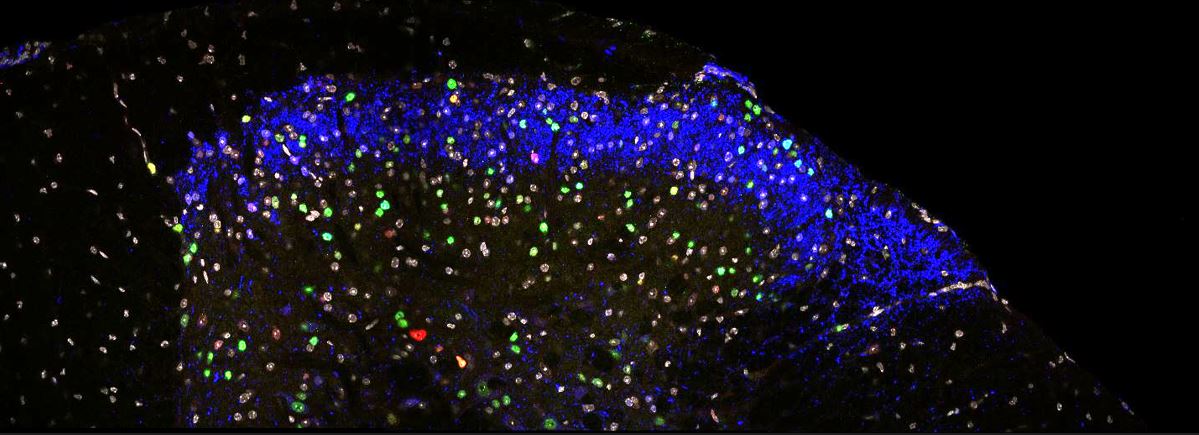

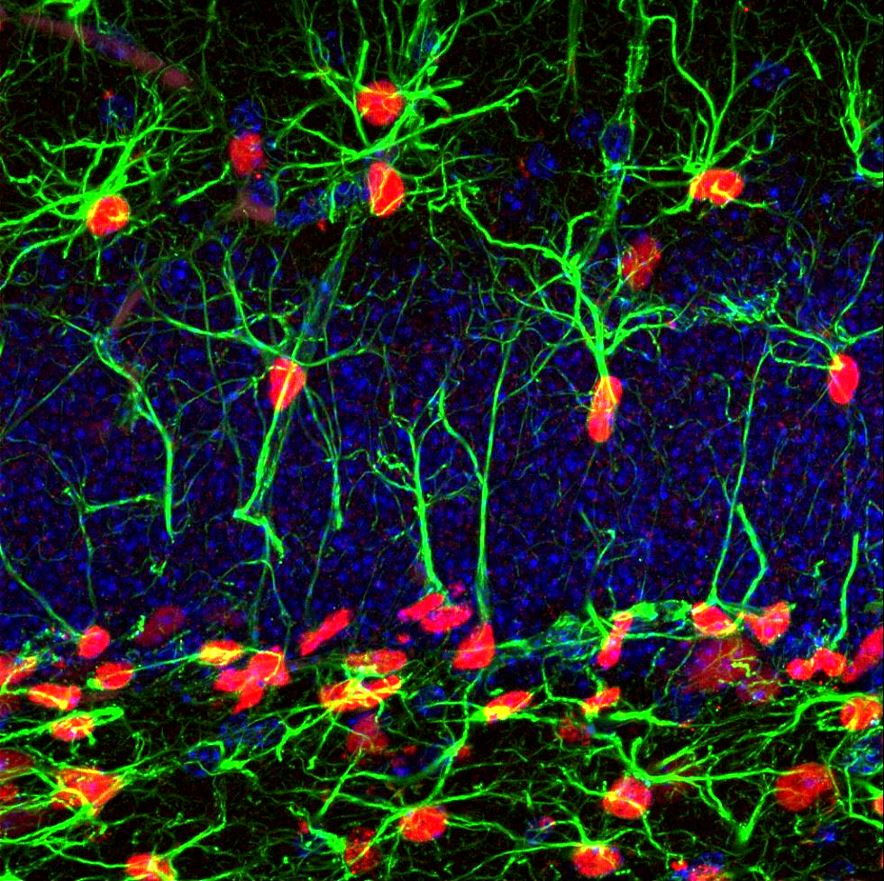
Team
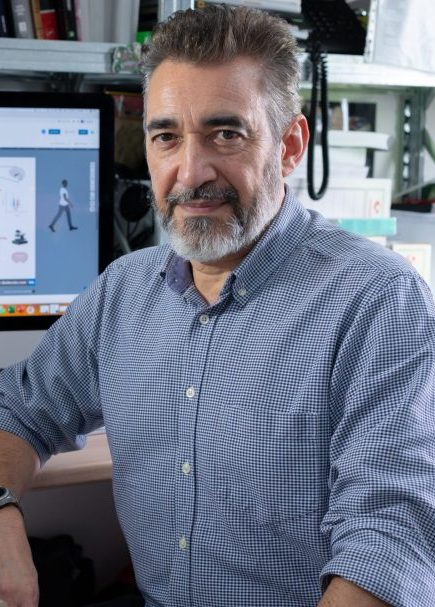
Jose Luis Trejo Pérez
Principal Investigator
ORCID 0000-0003-0618-5547

María L. de Ceballos
Ad honorem Principal Investigator
ORCID 0000-0003-4067-9700

Elisa Cintado Reyes
PhD Student
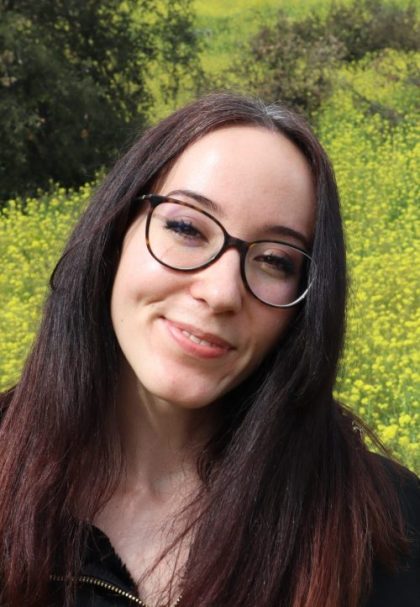
Patricia Tezanos Bravo
PhD Studen

Pablo Muela
PhD Student
Publications
Representative publications
- Stratification of radiosensitive brain metastases based on an actionable S100A9/RAGE resistance mechanism. Monteiro C, Miarka L, Perea-García M, Priego N, García-Gómez P, Álvaro-Espinosa L, de Pablos-Aragoneses A, Yebra N, Retana D, Baena P, Fustero-Torre C, Graña-Castro O, Troulé K, Caleiras E, Tezanos P, Muela P, Cintado E, Trejo JL, Sepúlveda JM, González-León P, Jiménez-Roldán L, Moreno LM, Esteban O, Pérez-Núñez Á, Hernández-Lain A, Mazarico Gallego J, Ferrer I, Suárez R, Garrido-Martín EM, Paz-Ares L, Dalmasso C, Cohen-Jonathan Moyal E, Siegfried A, Hegarty A, Keelan S, Varešlija D, Young LS, Mohme M, Goy Y, Wikman H, Fernández-Alén J, Blasco G, Alcázar L, Cabañuz C, Grivennikov SI, Ianus A, Shemesh N, Faria CC, Lee R, Lorigan P, Le Rhun E, Weller M, Soffietti R, Bertero L, Ricardi U, Bosch-Barrera J, Sais E, Teixidor E, Hernández-Martínez A, Calvo A, Aristu J, Martin SM, Gonzalez A, Adler O, Erez N; RENACER; Valiente M. Nat Med. 2022 Apr;28(4):752-765. doi: 10.1038/s41591-022-01749-8. Epub 2022 Apr 11. PMID: 35411077
- The Role of Smad2 in Adult Neuroplasticity as Seen through Hippocampal-Dependent Spatial Learning/Memory and Neurogenesis. Gradari S, Herrera A, Tezanos P, Fontán-Lozano Á, Pons S, Trejo JL. J Neurosci. 2021 Aug 11;41(32):6836-6849. doi: 10.1523/JNEUROSCI.2619-20.2021. Epub 2021 Jul 1. PMID: 34210778
- Dlk1 dosage regulates hippocampal neurogenesis and cognition. Montalbán-Loro R, Lassi G, Lozano-Ureña A, Perez-Villalba A, Jiménez-Villalba E, Charalambous M, Vallortigara G, Horner AE, Saksida LM, Bussey TJ, Trejo JL, Tucci V, Ferguson-Smith AC, Ferrón SR. Proc Natl Acad Sci U S A. 2021 Mar 16;118(11):e2015505118. doi: 10.1073/pnas.2015505118. PMID: 33712542
- Gαi2+ vomeronasal neurons govern the initial outcome of an acute social competition. Pallé A, Montero M, Fernández S, Tezanos P, de Las Heras JA, Luskey V, Birnbaumer L, Zufall F, Chamero P, Trejo JL. Sci Rep. 2020 Jan 21;10(1):894. doi: 10.1038/s41598-020-57765-6. PMID: 31965032
- A toolbox for the longitudinal assessment of healthspan in aging mice. Bellantuono I, de Cabo R, Ehninger D, Di Germanio C, Lawrie A, Miller J, Mitchell SJ, Navas-Enamorado I, Potter PK, Tchkonia T, Trejo JL, Lamming DW. Nat Protoc. 2020 Feb;15(2):540-574. doi: 10.1038/s41596-019-0256-1. Epub 2020 Jan 8. PMID: 31915391
- Circadian glucocorticoid oscillations preserve a population of adult hippocampal neural stem cells in the aging brain. Schouten M, Bielefeld P, Garcia-Corzo L, Passchier EMJ, Gradari S, Jungenitz T, Pons-Espinal M, Gebara E, Martín-Suárez S, Lucassen PJ, De Vries HE, Trejo JL, Schwarzacher SW, De Pietri Tonelli D, Toni N, Mira H, Encinas JM, Fitzsimons CP. Mol Psychiatry. 2020 Jul;25(7):1382-1405. doi: 10.1038/s41380-019-0440-2. Epub 2019 Jun 20. PMID: 31222184
- Intergenerational transmission of the positive effects of physical exercise on brain and cognition. McGreevy KR, Tezanos P, Ferreiro-Villar I, Pallé A, Moreno-Serrano M, Esteve-Codina A, Lamas-Toranzo I, Bermejo-Álvarez P, Fernández-Punzano J, Martín-Montalvo A, Montalbán R, Ferrón SR, Radford EJ, Fontán-Lozano Á, Trejo JL. Proc Natl Acad Sci U S A. 2019 May 14;116(20):10103-10112. PMID: 31010925
- Social dominance differentially alters gene expression in the medial prefrontal cortex without affecting adult hippocampal neurogenesis or stress and anxiety-like behavior. Pallé A, Zorzo C, Luskey VE, McGreevy KR, Fernández S, Trejo JL. FASEB J. 2019 Jun;33(6):6995-7008. PMID: 30857420.
- The GSK-3-inhibitor VP2.51 produces antidepressant effects associated with adult hippocampal neurogenesis. Pérez-Domper P, Palomo V, Gradari S, Gil C, de Ceballos ML, Martínez A, Trejo JL. Neuropharmacology. 2017 Apr; 116:174-187. PMID: 28012947.
- Can Exercise Make You Smarter, Happier, and Have More Neurons? A Hormetic Perspective. Gradari S, Pallé A, McGreevy KR, Fontán-Lozano Á, Trejo JL. Front Neurosci 2016 Mar; 10:93. PMID: 27013955.
- The relationship between behavior acquisition and persistence abilities: Involvement of adult hippocampal neurogenesis. Gradari S, Pérez-Domper P, Butler RG, Martínez-Cué C, de Polavieja GG, Trejo JL. Hippocampus 2016 Jul; 26(7):857-74. PMID: 26788800.
- The postnatal origin of adult neural stem cells and the effects of glucocorticoids on their genesis. Ortega-Martínez S, Trejo JL. Behav Brain Res. 2015; 279:166-76. PMID: 25446750.
- Reducing GABAA α5 receptor-mediated inhibition rescues functional and neuromorphological deficits in a mouse model of Down syndrome. Martínez-Cué C, Martínez P, Rueda N, Vidal R, García S, Vidal V, Corrales A, Montero JA, Pazos Á, Flórez J, Gasser R, Thomas AW, Honer M, Knoflach F, Trejo JL, Wettstein JG, Hernández MC J Neurosci. 2013 Feb 27;33(9):3953-66. PMID: 23447605.
- Cessation of voluntary wheel running increases anxiety-like behavior and impairs adult hippocampal neurogenesis in mice. Nishijima T, Llorens-Martín M, Tejeda GS, Inoue K, Yamamura Y, Soya H, Trejo* JL, Torres-Alemán* I. Behav Brain Res. 2013 May 15; 245:34-41. PMID: 23428744.
- Antidepressant and proneurogenic influence of environmental enrichment in mice: protective effects vs recovery. Llorens-Martín M, Tejeda GS, Trejo JL. Neuropsychopharmacology. 2011 Nov;36(12):2460-8. PubMed PMID: 21796111.
Contact
Where to find us
Lifestyle and cognition laboratory
Instituto Cajal CSIC. Avda. Doctor Arce, 37. 28002. Madrid
Call us
Write us
Email address:
Staff:
Elisa Cintado Reyes, ecintado@cajal.csic.es
Patricia Tezanos Bravo, patritezanos@cajal.csic.es
Pablo Muela, muela@cajal.csic.es
Otros
Doctoral Thesis
- Maria LLorens Martin (February 6, 2009)
- Sylvia Ortega Martinez (July 15, 2013)
- Paloma Perez-Domper (July 1, 2014)
- Simona Gradari (April 15, 2017)
- Kerry Rodriguez McGreevy (November 11, 2019)
- Ana Palle López (July 15, 2020)
Collaborations
- Carmen Martínez-Cué. Laboratorio de Neurobiología del Desarrollo. Departamento de Fisiología y Farmacología. Facultad de Medicina. Universidad de Cantabria. Santander.
- Hideaki Soya. Laboratorio de Bioquímica del Ejercicio. Instituto para las Ciencias de la Salud y del Deporte. Tsukuba. Ibaraki. Japón.
- Elizabeth Gould. Departamento de Psicología. Universidad de Princeton. USA.
- A Martín-Montalvo CABIMER-CSIC, Universidad Pablo Olavide, Sevilla
- Á Fontán-Lozano, Universidad de Sevilla
- SR Ferrón, Universidad de Valencia
- M Valiente, CNIO, Madrid
- Lluís Montoliú, CNB, CSIC, Madrid
- Elizabeth J Radford, University of Cambridge (UK)
- Andrew Todd, School of Psychology & Neuroscience, Univ. Glasgow (UK)
- John Cryan, University College Cork, Ireland
Patents
-
Animal model of Alzheimer’s dementia
Carriage, E; Trejo, JL; Spuch, C; Torres-Aleman I.
Priority country: Spain
Priority date: 2004
Owner entity: CSIC
-
Animal model of neurodegenerative diseases: obtaining procedure and applications.
Carriage, E; Trejo, JL; Spuch, C; Torres Aleman I.
Application No.: PCT/ES2005/070106
Priority country: Spain
Priority date: 2004
Owner entity: CSIC
Company/s that they are exploiting: Fundación Genoma Spain (broker)
-
VP2.51 as an antidepressant and proneurogenic drug
Morales JA, Perez DI, Perez AM, Gil C, Trejo JL
Priority country: Spain
Priority date: 2012
Owner entity: CSIC
Science dissemination
- “Beneficial effects of physical exercise on the brain”.
Carriage, E; Trejo, JL; Torres-Aleman I.
www.cienciaaldia.cl - “The IGF-I neuroprotective factor and its relationship with neurodegenerative processes”.
Fernández S, Trejo JL, Fernández AM, Torres-Alemán I.
Mind and Brain (September 2009) - “Brain and exercise” Trejo JL, SanFeliú C. Collection “What do we know about…?” CSIC (2020) Editorial Catarata

Neuroscience Research Center dependent on the CSIC. Founded in 1920 and initially directed by Santiago Ramón y Cajal. World reference in the study of the brain. Custodian of the Cajal Legacy.
Activities
